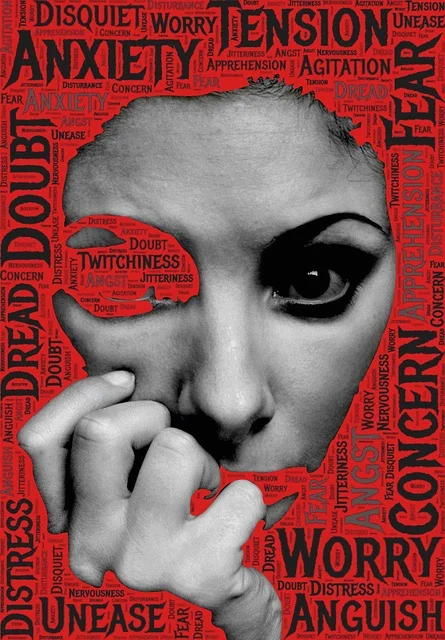One type of sleep disorder that affects the circadian rhythm—the body’s internal clock—is delayed sleep phase. Individuals suffering from this sleep disorder experience sleep patterns that are at least two hours behind their typical sleep schedules. They wake up later and go to bed later. Getting up in time for work or school is difficult because of this. Another name for delayed sleep phase is delayed sleep-wake phase disorder.
Using light therapy, melatonin supplements, and sleep patterns modifications could all be part of a treatment approach.
What is delayed sleep phase disorder?
The disorder known as delayed sleep phase syndrome (DSPS) impairs your ability to go asleep and wake up on schedule. Your sleep routine is at least two hours behind schedule. Your internal clock is affected by this disorder.

For instance, a person with delayed sleep phase syndrome will go to sleep well after midnight and struggle to wake up in time, as opposed to going to bed at 10 p.m. and waking up at 6:30 a.m. Should they maintain a sleep journal, it would reveal brief sleep windows during the work or school week (with few or no nighttime awakenings) and extended sleep-ins (waking up late in the morning to midafternoon) on the weekends.
The majority of DSPS sufferers don’t identify as “night owls” or evening folks; they are not. When your body signals you to go to sleep, you can’t control it if you have DSPS. Being a night owl excludes you from having significant daytime dysfunction, or excessive daytime sleepiness, as in the case of DSPS. Your doctor may refer to this illness as delayed sleep-wake phase disorder or delayed sleep phase syndrome.
Signs and symptoms
These are the following signs and symptoms that people suffer
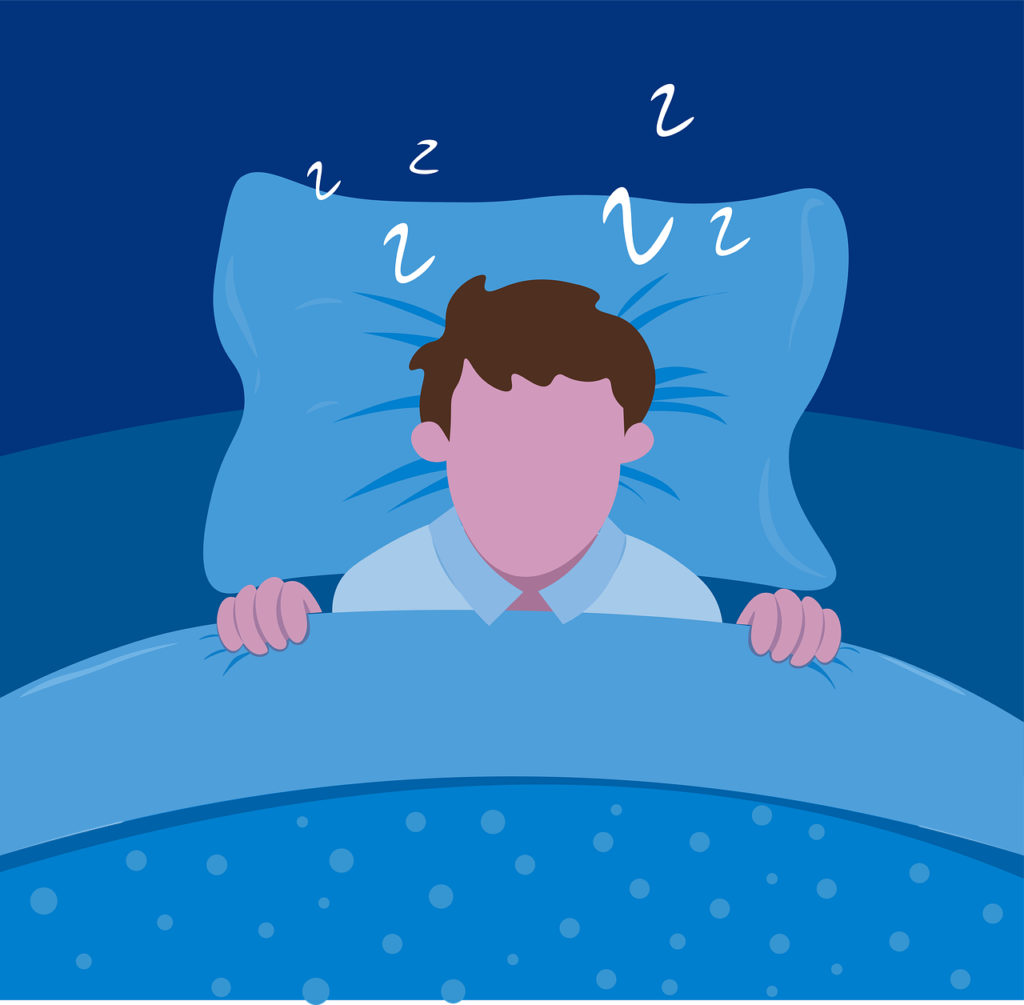
- A “sleep onset” that is consistently later than desired—typically around midnight—when the body naturally drifts off to sleep. It will be in his or her nature to lean toward a later bedtime.
- A prolonged inability to fall asleep for several hours after going to bed is referred to as “secondary insomnia.” For kids and teenagers with DSWPD, this could be the main cause of sleep disturbances.
- The inability to get out of bed at the appointed hour. Many kids and teenagers have a terrible time getting up in the morning for school or other activities as a result of staying up so late.
- Excessive sleep during the day, which might cause melancholy, behavioral or social problems, or scholastic difficulties. Sleeping and napping are widespread.
- Mood swings, such as anxiety and depression.
- Lack of focus.
- Persistent tardiness, low attendance, and, in the worst circumstances, dropping out of school.
- Elevated attentiveness throughout the late evening hours.
- Severe difficulties, despite motivation, going back to an earlier sleep routine.
Causes
Although the precise etiology of DSPS is unknown, a number of conditions are frequently linked to it.
Among them are:
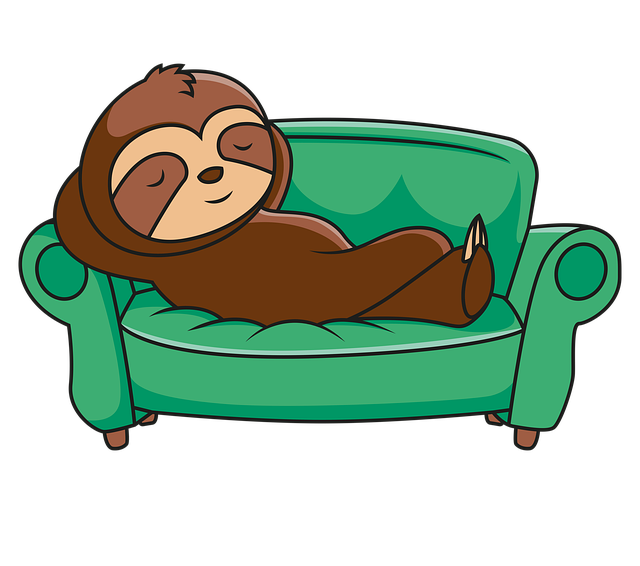
- Genetics. You are more likely to get DSPS if you have a close family who has the illness. A family history of DSPS affects 40% of those who develop the illness.
- Following puberty, changes. The body’s 24-hour sleep cycle lengthens during adolescence, necessitating later wake and sleep hours. Adolescents also typically assume greater responsibility and become more social.
- Neurological and psychological conditions. DSPS is associated with ailments such as:
- depression
- Unease
- disorder of attention deficit hyperactivity
- Compulsive-obsessive behavior
- Persistent sleeplessness. 10% of persons who experience chronic insomnia are affected by DSPS.
- Inadequate sleeping patterns. If you don’t get enough light exposure in the morning, your symptoms of DSPS may worsen. Exposure to much light at night may also exacerbate symptoms.
Treatment
Discuss your symptoms with your healthcare physician if you believe you may have DSPD. They are able to diagnose the illness and assist you in choosing the best course of action. You can control the symptoms of DSPD and even change when you go to sleep and wake up by adhering to a regular sleep hygiene regimen and using additional treatments.
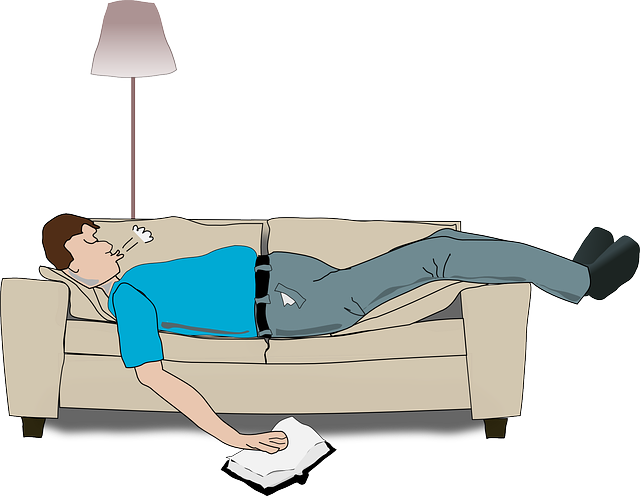
Aligning your circadian cycle to match desired sleep and wake periods is the aim of DSPD treatment. Improving sleep hygiene is usually the first step in treatment, and you might need to adjust your sleep schedule. Among the attributes of proper sleep hygiene are:
- Maintaining a cool, quiet, and dark bedroom
- establishing a calming nighttime ritual, such as reading or taking a bath; getting adequate exercise and light exposure during the day;
- Keeping away from any light-emitting devices (TVs, video game consoles, and cell phones) in the hours leading up to bed
- If, after 20 minutes, you still can’t fall asleep, getting out of bed
Apart from enhancing sleep hygiene, bright light therapy is a feasible therapeutic approach. Studies indicate that exposure to intense light during the initial one or two hours of the morning promotes an earlier circadian rhythm. Your circadian rhythm should be advanced, meaning that you should go to bed and wake up earlier.
Light therapy
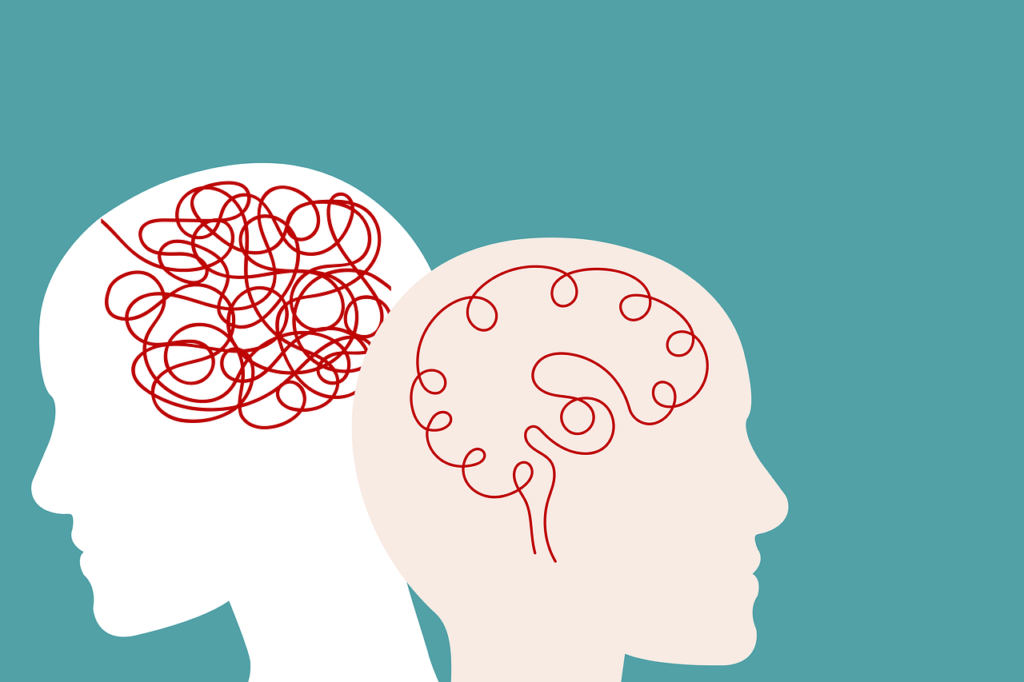
For delayed sleep phase condition, several medical professionals advise light therapy. To use light treatment, you’ll need to buy a specialized light box. In the morning, you will switch on the light for thirty minutes. Your body’s internal clock may be reset by doing this. You will receive advice from your healthcare practitioner regarding which light box to buy and how to utilize it.
An alternate strategy that your physician might recommend is to spend thirty minutes outside in the sun as soon as you get up. Reducing the amount of light that comes from electronic gadgets in the evening is another beneficial way to handle lighting.
Medications
To help you change your circadian rhythm, your healthcare professional might advise you to take an over-the-counter melatonin supplement. Melatonin is a hormone that your body naturally makes to control your sleep-wake cycle. The biggest amounts of melatonin are secreted at night by the pineal gland, a gland located in your brain. To help you adhere to your ideal sleep schedule, you might need to take a little additional melatonin.
Your physician will advise you on the proper melatonin dosage. For instance, a starting dose of 0.5 to 1 mg is used. You must take this medication four hours before you want to go to bed; it is not meant to be taken at night. You should always get your provider’s approval before adding any new medications to your regimen.



